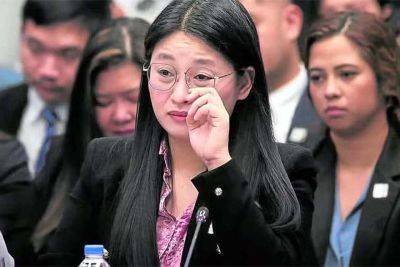Chinese-Filipinos fear fallout from rising Philippines-China tensions
As a child, photojournalist Jilson Tiu did not feel like he stood out growing up in Manila’s historic Binondo district, the oldest Chinatown in the world.
Though he was born to ethnic Chinese parents and educated in Chinese-Filipino schools, Tiu says he has always considered himself a “straight-up Filipino”.
“The cultural practices that my parents and grandparents used to do, like going to the temple, celebrating Lunar New Year, eating at Chinese restaurants, playing dice games during Mooncake Festival and giving ang paos (red packets) during Christmas are basically just an echo of Chinese culture,” he told This Week in Asia.
About 93 per cent of Tsinoys trace their roots to China’s Fujian province, which their ancestors left for the Philippines in various waves. The long ethnic Chinese presence in the country predates even the 300-year Spanish colonial period, leading to vestiges of Chinese influence finding their way into mainstream Filipino culture, from food to shared customs.
“There was even a Chinese general in the Philippine revolution,” said Caroline Hau, a professor at Kyoto University’s Centre for Southeast Asian Studies.
A recent survey of 1,765 Filipinos across urban and rural areas by independent polling firm WRNumero found a high level of distrust against Chinese nationals compared with citizens of other countries, with 58.3 per cent saying they distrusted Chinese people and 13.4 per cent saying they highly distrusted them.
Filipinos have expressed disdain for Chinese nationals on social media, accusing them of a tendency to disregard rules and regulations.
A Filipino immigration officer won praise for a video showing her yelling at a woman who was among 37 Chinese nationals apprehended for engaging in illegal







